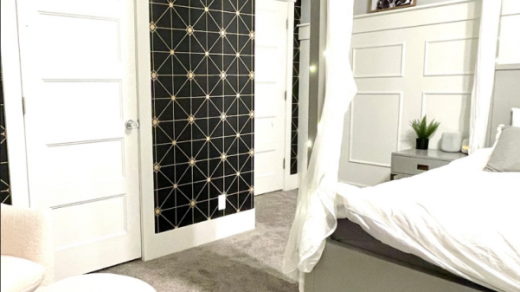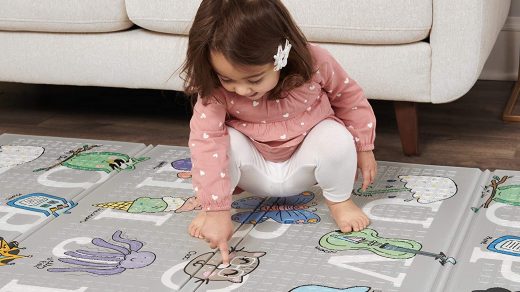Have you ever thought about dancing your way to better health? Dance For Fitness is more than just a catchy phrase; it’s an exciting way to stay active, improve coordination, and uplift your mood. Unlike monotonous gym routines, dancing offers creativity and joy while giving your body a complete workout. Whether you’re grooving to hip-hop, swaying to salsa, or twirling through ballet, every step counts towards a healthier you. So, why not trade the treadmill for a dance floor?
What is Dance For Fitness?
Dance for Fitness is an innovative approach to staying active that combines rhythmic movement with physical exercise. Unlike traditional workouts, dancing feels more like a celebration than a chore. It doesn’t matter if you’re a seasoned dancer or someone with two left feet; the goal is to move your body, break a sweat, and have fun while doing it. Think of it as the perfect blend of art and fitness.
Benefits of Dance for Physical Fitness
Dancing offers a full-body workout that can rival any gym session. Here’s how:
- Cardiovascular Health: Continuous movement improves heart health and boosts stamina.
- Strength Building: From pliés in ballet to jumps in Zumba, dance strengthens muscles across your body.
- Flexibility: Stretching movements in dance enhance flexibility, reducing the risk of injuries.
- Weight Management: Burning calories becomes enjoyable when you’re dancing to your favorite tunes.
Mental and Emotional Perks of Dancing
Did you know dancing can be as therapeutic as it is physical? Here’s why:
- Stress Relief: The act of dancing releases endorphins, those feel-good hormones that combat stress.
- Memory Boost: Learning new choreography challenges your brain and improves cognitive function.
- Confidence Booster: Mastering moves on the dance floor can make you feel more self-assured.
- Social Connection: Whether in a class or at a party, dancing fosters community and connection.
How Dance Improves Coordination
Think of dance as a symphony for your body and brain. It teaches:
- Balance: Movements like spins and turns improve your body’s equilibrium.
- Body Awareness: Dance makes you more conscious of your posture and alignment.
- Multitasking Skills: Coordinating your arms, legs, and rhythm simultaneously sharpens your mental focus.
Popular Dance Styles for Fitness
Not sure where to start? Here are some dance styles that double as workouts:
- Zumba: A high-energy mix of Latin and international music.
- Hip-Hop: Street-style dance with plenty of cardio and strength moves.
- Ballet: Great for flexibility, posture, and core strength.
- Salsa and Ballroom: Perfect for improving coordination and social interaction.
- Contemporary: Blends various styles for a holistic workout.
Getting Started with Dance for Fitness
Starting your dance fitness journey is simple. Here’s a quick guide:
- Pick a Style: Choose a dance form that aligns with your fitness goals and interests.
- Set Goals: Whether it’s weight loss or stress relief, define what you want to achieve.
- Gear Up: Invest in comfortable attire and supportive footwear.
- Find a Space: Create a dedicated area at home or join a class near you.
Dance for All Ages: From Kids to Seniors
Dance is truly for everyone. Here’s how different age groups benefit:
- Kids: Dancing improves motor skills and boosts creativity.
- Teens: A fun way to stay active during formative years.
- Adults: Combats sedentary lifestyles and enhances mental well-being.
- Seniors: Gentle movements improve joint health and maintain agility.
Dance Classes vs. At-Home Workouts
Each has its perks:
- Dance Classes:
- Professional guidance and structure.
- Opportunities to socialize.
- At-Home Workouts:
- Flexibility to dance at your own pace.
- Cost-effective and convenient.
Creating a Dance Fitness Routine
Consistency is key to reaping the benefits of dance fitness. Here’s how to build your routine:
- Warm-Up: Start with light stretches to prepare your muscles.
- Main Workout: Dedicate 20-40 minutes to your chosen dance style.
- Cool Down: End with slow movements and deep breathing.
- Frequency: Aim for 3-5 sessions a week for optimal results.
Common Myths About Dance for Fitness
Let’s bust some myths:
- Myth 1: “I need to be a good dancer.”
- Truth: Fitness, not perfection, is the goal.
- Myth 2: “Dancing isn’t a real workout.”
- Truth: Dancing burns calories, builds strength, and improves stamina.
- Myth 3: “It’s only for young people.”
- Truth: Dance is for all ages and fitness levels.
Key Takeaways:
- Dance For Fitness is a fun way to stay active and healthy.
- Improves physical strength, flexibility, and coordination.
- Boosts mental well-being by reducing stress and enhancing memory.
- Accessible for all ages and fitness levels, from kids to seniors.
- Combines exercise with creativity, making workouts enjoyable.
Why Dance is the Ultimate Fitness Tool
Dance for Fitness is more than a workout; it’s a lifestyle. It blends fun, creativity, and health benefits into one harmonious activity. No matter your age or skill level, dancing offers a path to physical fitness, emotional well-being, and a stronger sense of self. So, lace up your dancing shoes and step into a healthier, happier you.
Dance also has the unique ability to connect the physical with the emotional. Movements set to music allow participants to express their individuality, making each session a deeply personal experience. This dynamic quality turns fitness into an art, setting dance apart from other forms of exercise.
Moreover, as technology makes dance workouts increasingly accessible, the possibilities are endless. Virtual classes and online platforms ensure you can find a dance routine that fits your preferences and schedule. Whether you join a live class or follow pre-recorded tutorials, the world of dance fitness is now just a click away.
Can I lose weight with Dance For Fitness?
Yes, regular dancing can help burn calories and support weight loss, especially when combined with a healthy diet.
Do I need prior dance experience to start?
Not at all! Dance For Fitness is inclusive and welcomes beginners.
How often should I dance for fitness?
Aim for at least 3-5 sessions per week, depending on your fitness goals.
What should I wear for dance workouts?
Opt for comfortable, breathable clothing and supportive footwear.
Is dance fitness suitable for seniors?
Absolutely! Many low-impact dance styles are ideal for improving mobility and joint health in seniors.


